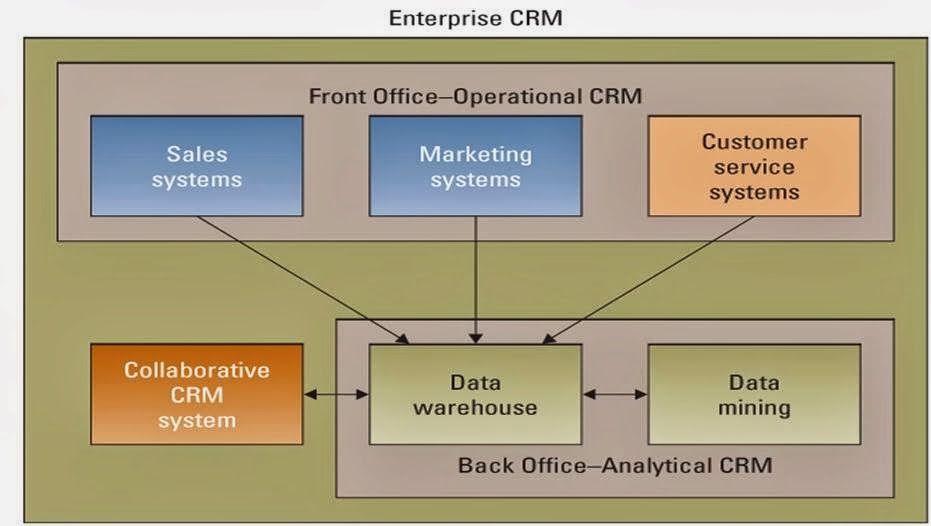- Insourcing is a common approach using the professional expertise within an organization to develop and maintain the organization's information technology systems
- Outsourcing is an arrangement by which one organization provides a service or services for another organization that chooses not to perform them in-house
Outsourcing benefits
- Increased quality and efficiency of a process, service, or function
- Reduces operating expenses
- Resources focused on core profit-generating competencies
- Reduces exposure to risks involved with large capital investments
- Access to outsourcing service provider's economies of scale
- Access to outsourcing service provider's expertise and best-in-class-practise
- Access to advanced technologies
- Increased flexibility with the ability to respond quickly to changing market demand
- costly outlay of capital funds
- Reduced head count and associated overhead expense
- Reduced frustration and expense related to hiring and retaining employees in an exceptionally tight job market
- Reduced time to market to products or services
Outsourcing challenges
- Contract length
- Competitive edge
- Confidentiality
- Scope definition
.jpg)


.jpg)


.jpg)
.jpg)



